Egypt:
Isis Temple Arts
Sacred Journey to the Inmortality
Initiatic Rites & Ancestral Medicine
All the payments are via
BANK TRANSFER
True Tantra Netherlands
Bank ING
BIC: INGBNL2A
IBAN: NL11 INGB000 6803790
• Early Bird (Until July 15): €2,400
• Regular Price : €2,700
• Deposit: €800
- tantriko@live.com
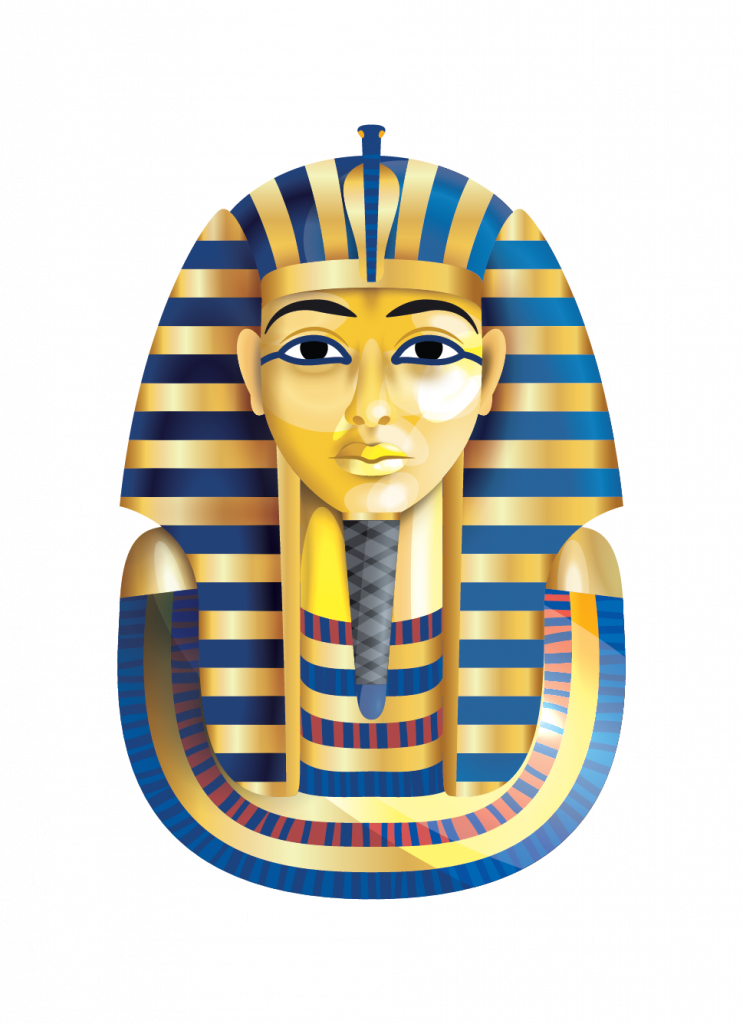
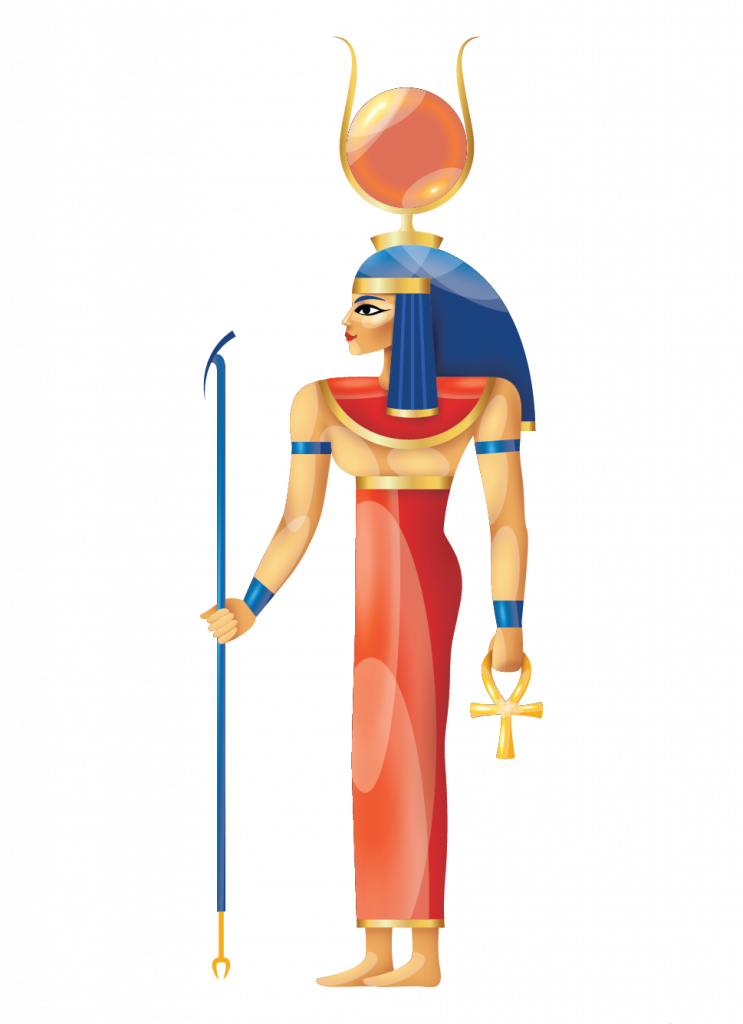
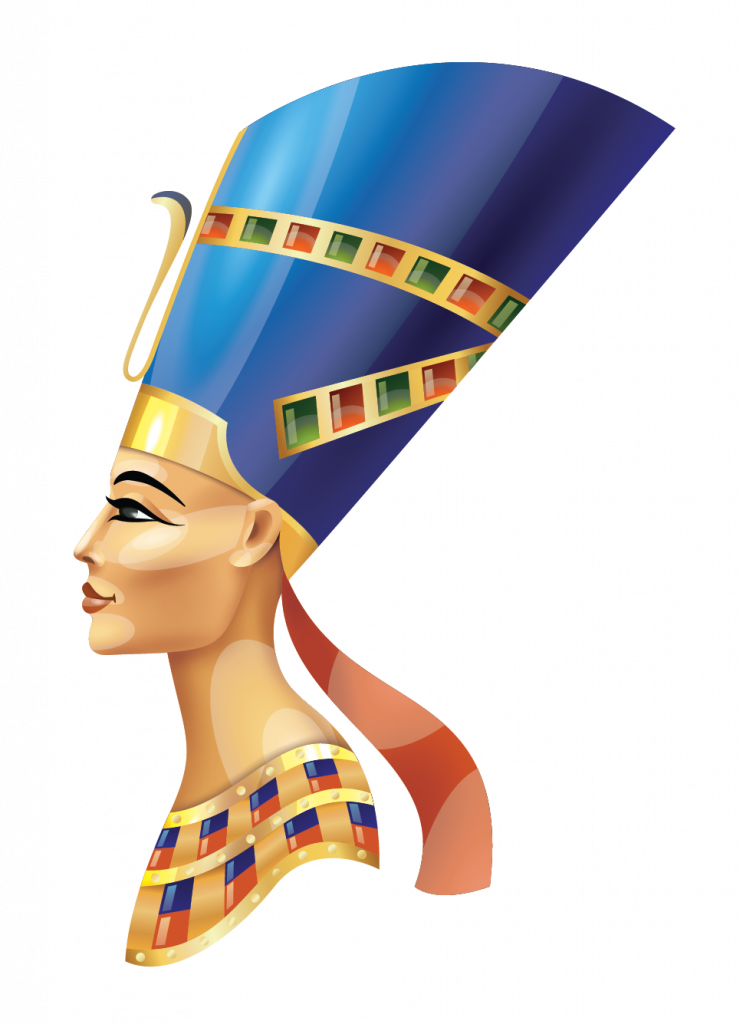
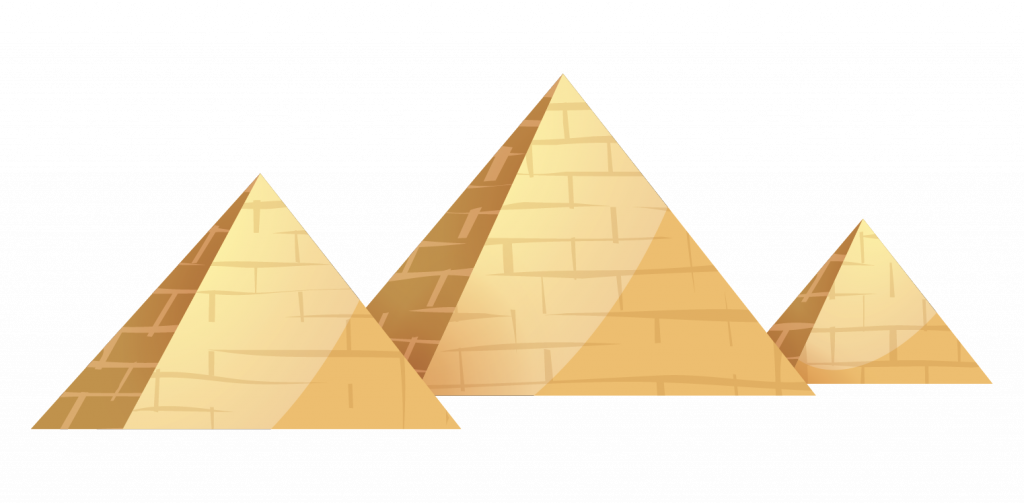

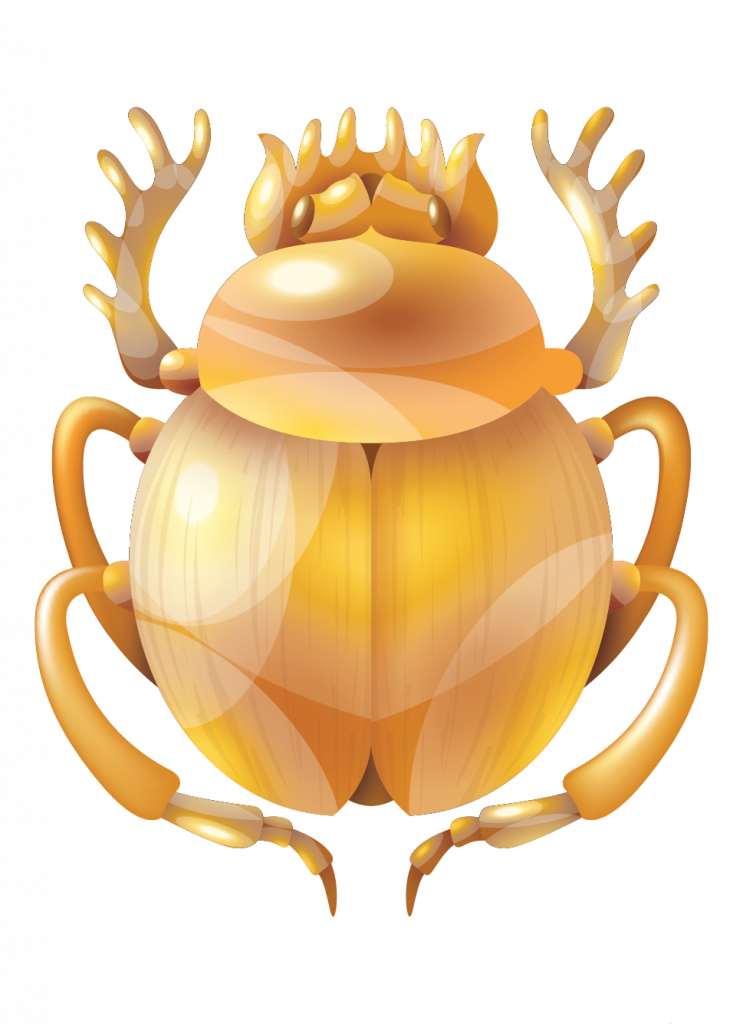
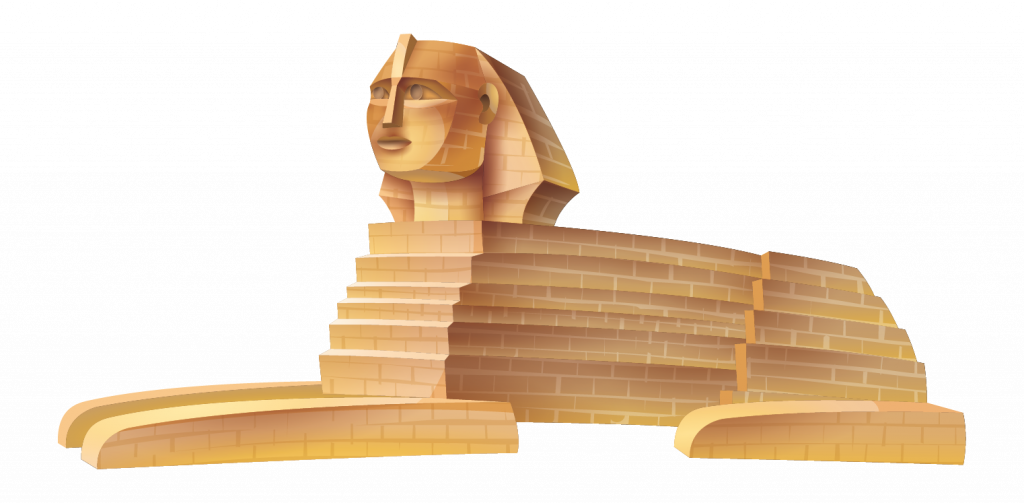
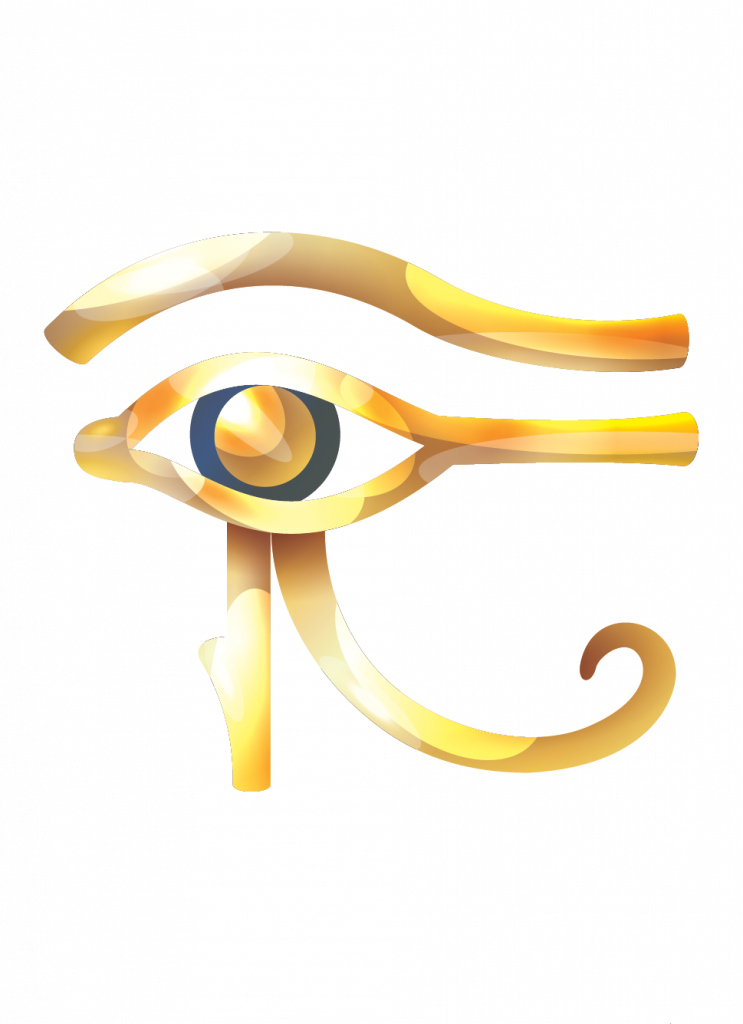
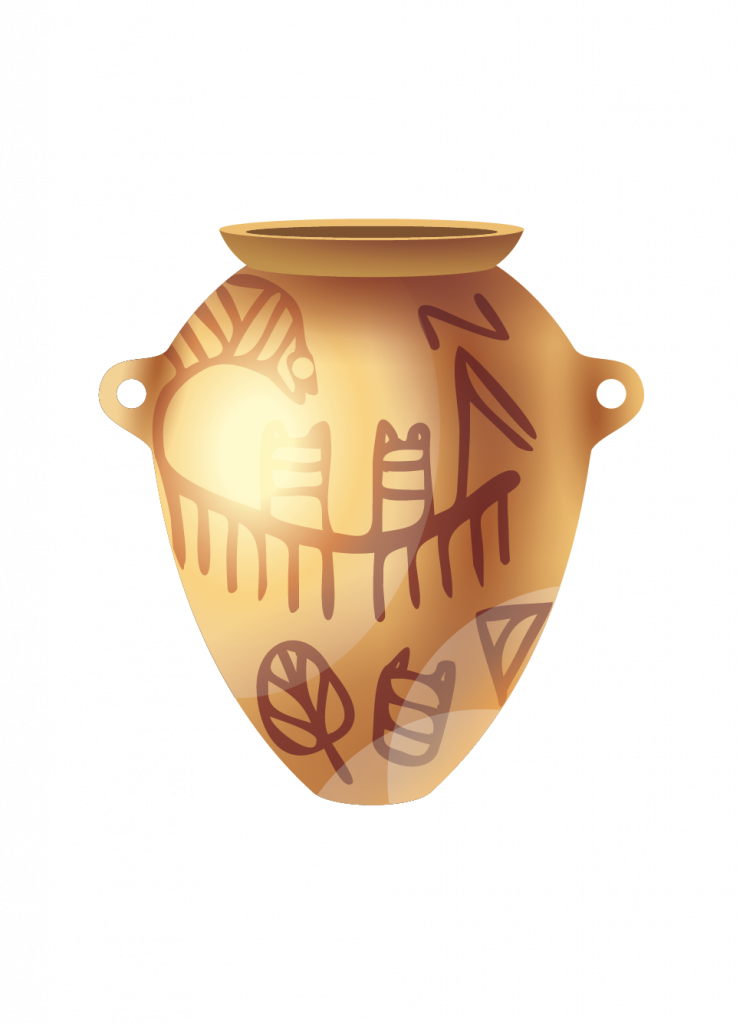
the pilgrim starts in
- Isis Temple Arts
- Isis Temple Arts
- Isis Temple Arts
- Isis Temple Arts
- Isis Temple Arts
- Isis Temple Arts
- Isis Temple Arts
- Isis Temple Arts
- Isis Temple Arts
Egypt the land of the gods.
In ancient Egyptian belief, the concept of the Netherworld, also known as the Duat, played a crucial role in the understanding of the afterlife and immortality. The Netherworld was perceived as a mysterious realm that existed beneath the earth’s surface, where the sun traveled during the night and where souls journeyed after death.
Stay updated and follow us:
10 days to understand your Life Journey
10 days to access to your shadows to understand self transformation
During all Pilgrim you will activation the Nether to awake your body and your energy
Every Temple is a gate to connect to the ancestral self on you and wake the Divine inmortality
10 days to understand ancestral technology that only was for Pharaoh
As follows, in order to understand this Sacred Pilgrim
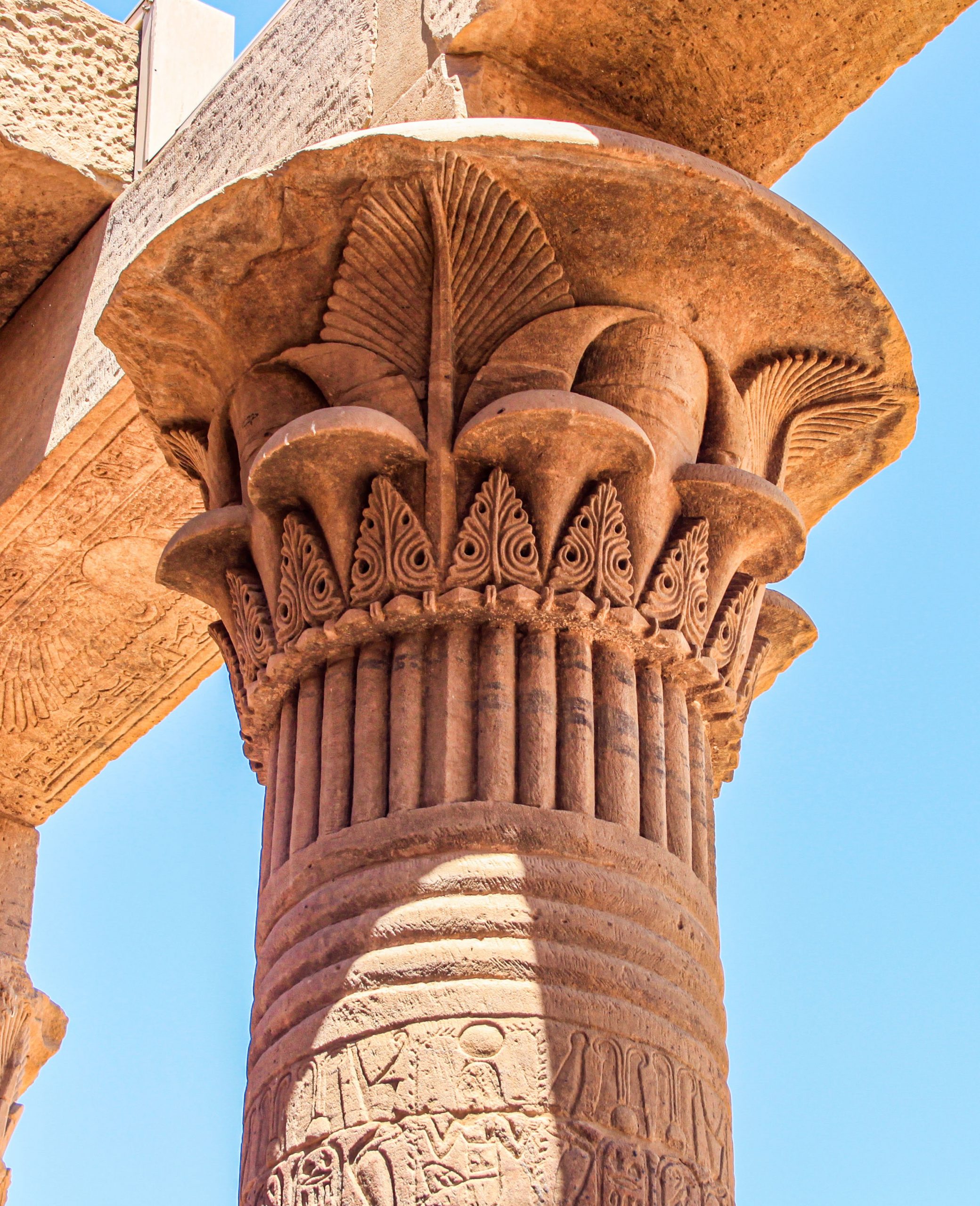
Understanding the Netherworld
Cosmic Journey: The Netherworld was envisioned as a vast and intricate network of caverns, rivers, and passageways through which the sun god Ra traversed during the night. It was believed that the sun was reborn each morning after its nocturnal journey through the Duat.
Realm of the Dead: Beyond its celestial significance, the Netherworld was also the domain of the dead. It served as the ultimate destination for souls after departing from the physical world. In the Duat, souls underwent a series of trials and challenges, facing various obstacles and dangers on their journey toward the afterlife.
Judgment and Rebirth: Within the Netherworld, souls were judged by deities such as Osiris, the god of the afterlife, and Ma’at, the goddess of truth and justice. Those who passed the judgment were granted access to the Field of Reeds, a paradisiacal realm of eternal bliss. However, souls deemed unworthy faced annihilation or eternal torment.
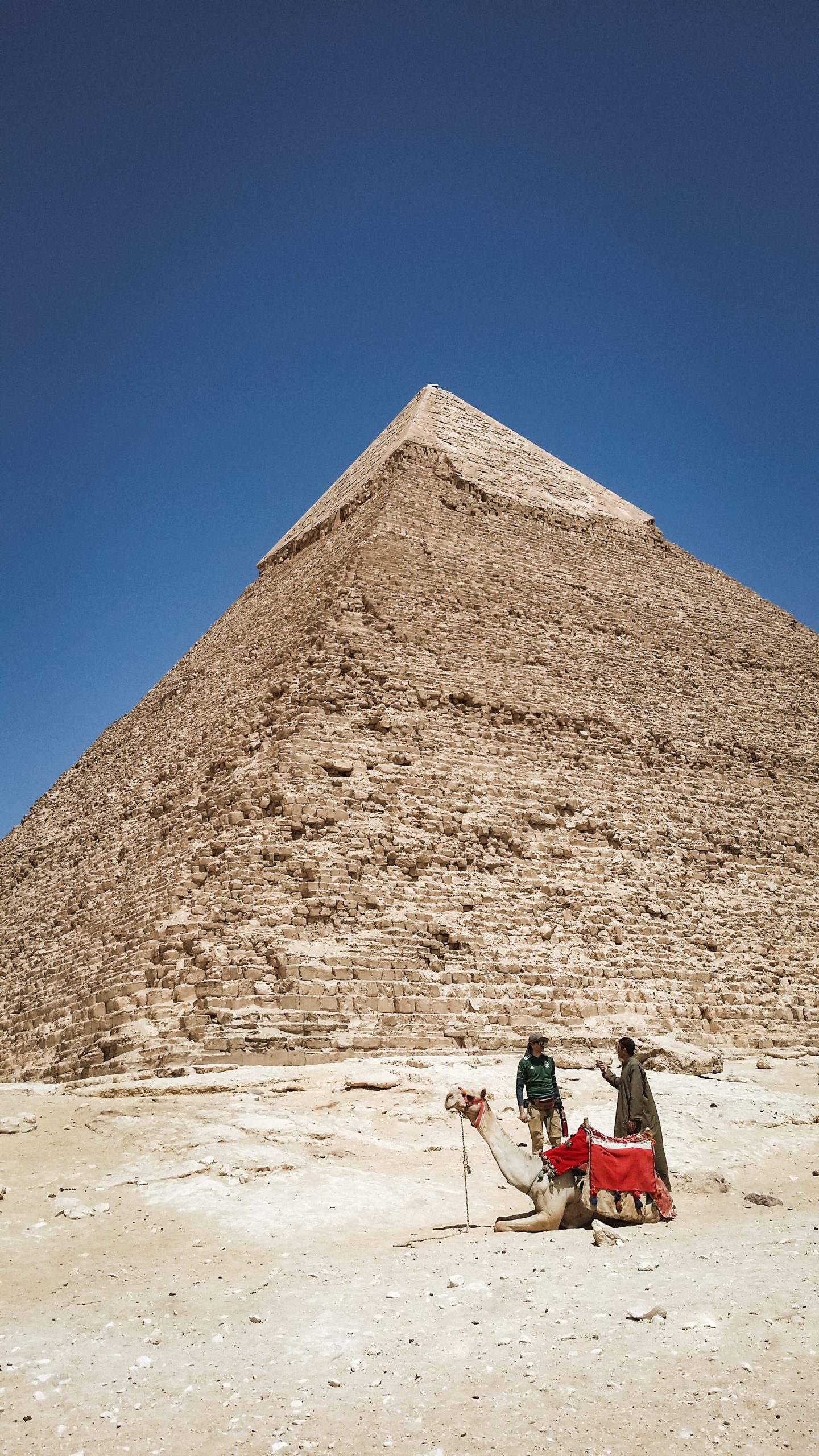
Role of the Nether System in Immortality Rites:
Preparation for the Afterlife: Temples in ancient Egypt often contained elaborate depictions and representations of the Netherworld, including its various deities, challenges, and rewards. Initiates and priests underwent rituals and ceremonies within temple precincts to prepare themselves for the journey through the Duat after death.
Symbolic Journey: Immortality rites conducted within temples often involved symbolic representations of the soul’s journey through the Netherworld. Initiates would undergo rituals mimicking the trials and challenges faced by souls in the afterlife, with the ultimate goal of emerging victorious and attaining spiritual transcendence.
Invocation of Divine Protection: Priests and initiates invoked the aid of gods and goddesses associated with the Netherworld during immortality rites. Deities such as Osiris, Anubis, and Thoth were called upon to guide and protect souls on their journey through the Duat, ensuring safe passage and a favorable judgment.
Integration of Cosmic Symbolism: The Netherworld served as a microcosm of the cosmos, reflecting the cyclical nature of life, death, and rebirth. Immortality rites conducted within temples were imbued with cosmic symbolism, aligning initiates with the eternal rhythms of the universe and facilitating their transcendence beyond earthly existence.

Relationship to Egyptian Temples
Rituals and Offerings: Temples served as the primary centers for religious rituals, offerings, and ceremonies aimed at appeasing the gods and ensuring the well-being of the deceased. Offerings of food, drink, and incense were made to nourish the Ka and sustain the soul in the afterlife.
Symbolic Representations: Temples often contained symbolic depictions and representations of the Nine Parts of the Human Soul, including imagery of gods and goddesses associated with each aspect. These symbolic representations served to educate and guide worshippers in understanding the complexities of the soul’s journey.
Funerary Practices: Temples played a crucial role in funerary practices and rituals associated with death and the afterlife. Priests performed rites of purification, mummification, and burial to ensure the proper preservation and passage of the soul into the realm of the dead.
Spiritual Guidance: Temples provided a sacred space for spiritual contemplation, meditation, and communion with the divine. Priests and scribes offered guidance and instruction on religious beliefs, rituals, and the soul’s journey, assisting individuals in preparing for the afterlife and achieving spiritual enlightenment.
Egypt:
Sacred Journey to the Inmortality Initiatic Rites & Ancestral Medicine
The Nine Parts of the Human Soul:
- Khat (Physical Body): The Khat was the physical body, the tangible vessel through which the soul experienced the material world. It was considered the earthly manifestation of the individual and required preservation through mummification to ensure continuity in the afterlife.
- Ka (Life Force): The Ka represented the vital life force or energy that animated the individual. It was believed to continue to exist after death and required sustenance in the form of offerings and rituals to ensure the well-being of the deceased in the afterlife.
- Ba (Personality): The Ba was the aspect of the soul associated with the individual’s personality, character, and individuality. It was believed to roam freely after death and could return to the body or visit loved ones in dreams.
- Akh (Transcendent Spirit): The Akh was the aspect of the soul that achieved spiritual transformation and ascension after death. It was associated with enlightenment, divine knowledge, and union with the gods, signifying the ultimate goal of the soul’s journey.
- Ren (Name): The Ren was the individual’s true name, believed to be essential for their existence and identity in both life and the afterlife. It was inscribed on tomb walls and funerary objects to ensure remembrance and perpetuity.
- Sheut (Shadow): The Sheut was the shadow or silhouette cast by the individual, representing their presence and identity. It was closely linked to the concept of duality and the idea that every person had both a physical and spiritual aspect.
- Ib (Heart): The Ib was considered the seat of emotions, desires, and intentions. It was weighed against the feather of Ma’at, goddess of truth and justice, during the judgment of the deceased in the afterlife, determining their fate based on the purity of their heart.
- Sahu (Spiritual Body): The Sahu was the spiritual or divine body that the soul assumed in the afterlife. It was depicted as a glorified, eternal form that transcended the limitations of the physical world, allowing the soul to exist in a state of eternal bliss.
- Akhu (Immortal Essence): The Akhu was the aspect of the soul that achieved immortality and eternal existence. It was associated with divine light and union with the gods, representing the culmination of the soul’s journey toward transcendence.
For more information
-Overnight at Cairo hotel.
Optional: private visit in the piramid
-Overnight at Cairo hotel
-Fly to Aswan
• Visit Philae temple • Enjoy Felucca ride Check in Nile cruise
Overnight at Nile cruise.
-Visit Kom ombo temple
-Sailing to Edfu
-Overnight at Nile cruise
13Sept
-Sailing to Luxor
-Overnight at Nile cruise
-Workshop time
-Overnight at Luxor hotel
-Overnight Ag Luxor hotel
-Overnight at Luxor hotel
-Fly to Cairo
-Overnight at Cairo hotel
• Farewell dinner
-Overnight at Cairo hotel
17Sept
18Sept
19Sept
20Sept
-Overnight at Cairo hotel.
Optional: private visit in the piramid
-Overnight at Cairo hotel
-Fly to Aswan
• Visit Philae temple • Enjoy Felucca ride Check in Nile cruise
Overnight at Nile cruise.
-Visit Kom ombo temple
-Sailing to Edfu
-Overnight at Nile cruise
13Sept
-Workshop time
-Overnight at Luxor hotel
-Sailing to Luxor
-Overnight at Nile cruise
-Overnight Ag Luxor hotel
-Overnight at Luxor hotel
17Sept
-Fly to Cairo
-Overnight at Cairo hotel
• Farewell dinner
-Overnight at Cairo hotel
19Sept








